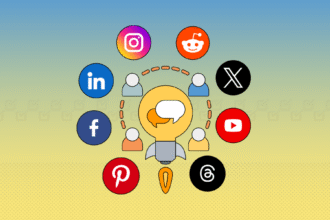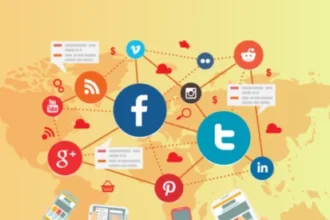In today’s competitive business landscape, having a strong digital presence isn’t a luxury—it’s a necessity. But for many Nigerian small business owners, limited funds often make digital marketing feel like a gamble. The truth is, with smart budgeting, you don’t need millions to make an impact.
Let’s break down how to create a digital marketing budget that fits your business goals and fuels sustainable growth—without draining your account.
1. Understand What Digital Success Looks Like for Your Business
Digital success isn’t one-size-fits-all. For some, it means boosting online sales. For others, it’s about building brand awareness or generating qualified leads. Before you spend a kobo, define your goals clearly.
Ask yourself:
- Do I want to reach more people on social media?
- Do I need to drive traffic to my website or online store?
- Am I trying to convert casual followers into paying customers?
Your answers will shape how you allocate your digital marketing budget.
2. Start With What You Can Afford
You don’t need a huge budget to start. Experts recommend allocating 7–10% of your monthly revenue to marketing. If your business earns ₦300,000 monthly, set aside ₦21,000–₦30,000.
Break it down like this:
- Social media ads (Meta, TikTok, Google): 40%
- Content creation (graphics, video, blog): 25%
- Email and WhatsApp marketing: 15%
- Tools (Canva Pro, scheduling apps): 10%
- Experimentation buffer: 10%
Even a ₦20,000 monthly budget can go far with the right strategy.
3. Prioritize Low-Cost, High-Return Channels
Digital marketing offers plenty of budget-friendly channels that deliver value. Some to consider:
- WhatsApp Business: Free, direct, and personal.
- Instagram & Facebook Ads: Great for visibility with small daily budgets.
- Email marketing tools like Mailchimp or Brevo: Affordable and effective for building loyalty.
- SEO blogs: Long-term traffic driver if you write consistently.
Focus on channels that give you the most engagement, leads, or conversions—and scale from there.
4. Track, Learn, Adjust
A budget is not set in stone. Use tools like Meta Ads Manager, Google Analytics, or email dashboards to monitor what’s working. Compare money spent with the results you’re getting.
If your Facebook ads aren’t converting but email campaigns are, reallocate your spend. Always budget with data in mind.
5. Invest in What Moves the Needle
If you discover that a ₦5,000 Instagram ad brings in ₦20,000 in sales, don’t hesitate to invest more. That’s how growth happens—by doubling down on what works and letting go of what doesn’t.






